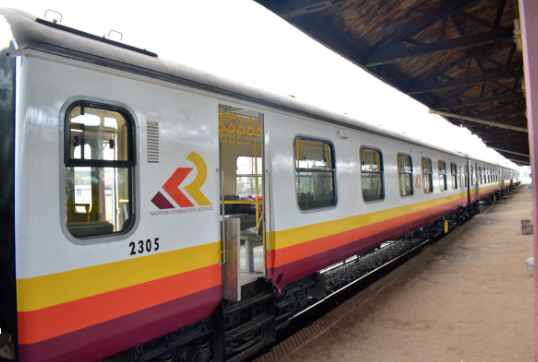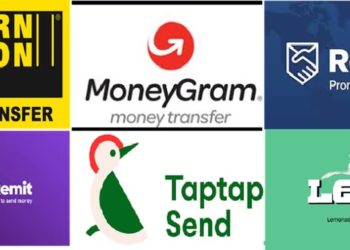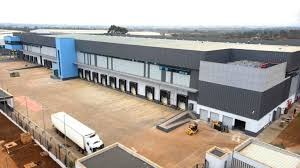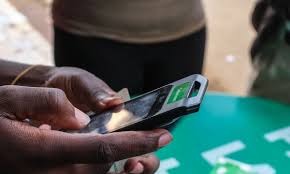Tough times ahead for Kenyan tax payers, as January payments towards the standard gauge railway (SGR) appreciated by KES 14 billion on account of a weaker shilling that has inflated external debt and its service costs. The amount is based on the current exchange rate of KES 157 per US dollar.
Kenya borrowed $5.08 billion (KES 801.1 billion) from China between 2014 and 2015 to finance the construction of the SGR from Mombasa to Naivasha. SGR debt servicing kicked off in January 2020.
Data from the National Treasury indicated that the debt repayment increased by about half to KES107.42 billion in the year 2022/23. This was a 46.19% increase from the KES 73.48 billion in repayment reported during the previous financial year.
According to a report from the World Bank on Kenya’s external debt payments, the country will spend $536.9 million (KES 84.8 billion) to service the loans, which are paid on a semi-annual basis in January and July. The payments comprise a principal amount of $289.95 million and interest of $246.96 million.
January and July account for the biggest debt service outflows in the year due to the SGR repayments, but this year the biggest spend will be seen in June, when the $2 billion Eurobond contracted in 2014 matures.
The World Bank further indicates that the payments in January 2023 stood at $564.53 million, which at the prevailing exchange rate was the equivalent of Sh70.2 billion. Previously, the institution had estimated the cost at $409.86 million.
Kenya will spend a total of $2.23 billion on external debt service in June. The amount includes the last interest charge on the Eurobond ($68.75 million), repayments on syndicated loans from the Africa Development Bank (AfDB) and TDB, and bilateral loans from the US, Germany, France, Japan, and Italy.
These payments come from the official forex reserves held by the Central Bank of Kenya (CBK), which the state utilizes for external loan services as well as importing critical goods such as drugs and fertilizer from the global market.

















